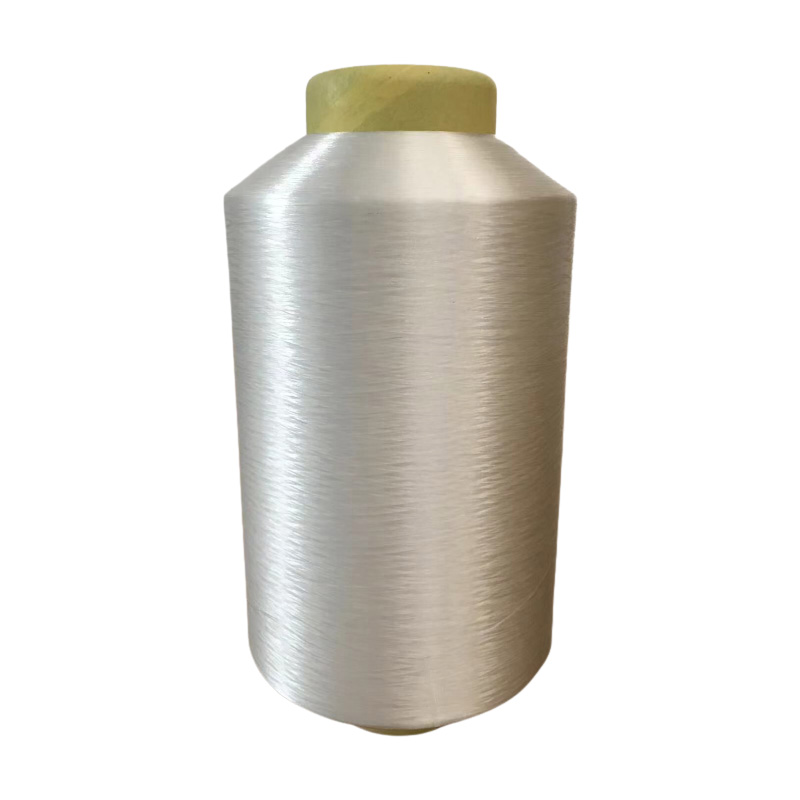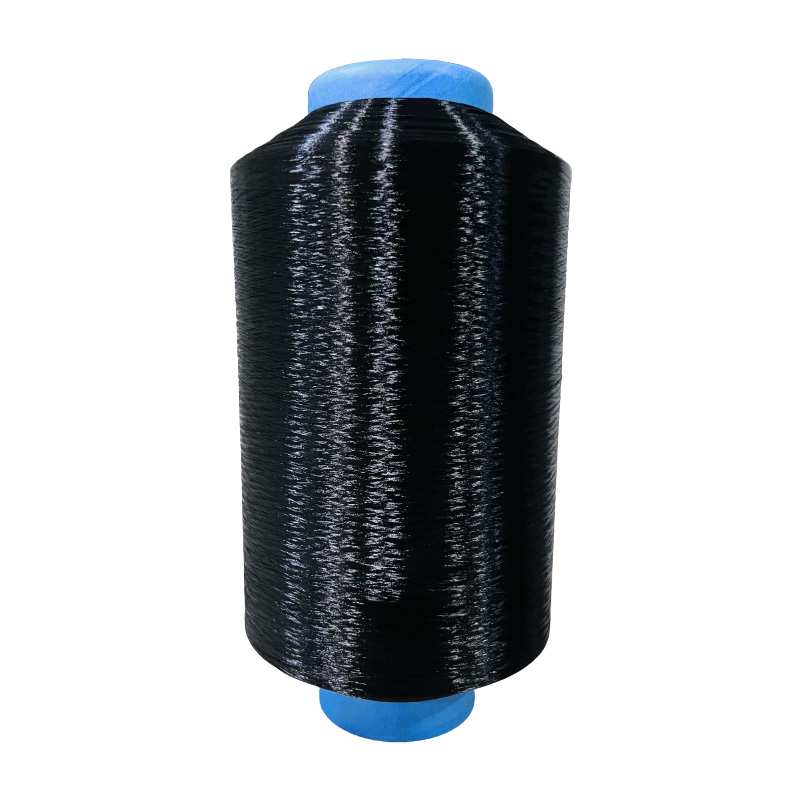
- English
- Español
- Português
- русский
- Français
- 日本語
- Deutsch
- tiếng Việt
- Italiano
- Nederlands
- ภาษาไทย
- Polski
- 한국어
- Svenska
- magyar
- Malay
- বাংলা ভাষার
- Dansk
- Suomi
- हिन्दी
- Pilipino
- Türkçe
- Gaeilge
- العربية
- Indonesia
- Norsk
- تمل
- český
- ελληνικά
- український
- Javanese
- فارسی
- தமிழ்
- తెలుగు
- नेपाली
- Burmese
- български
- ລາວ
- Latine
- Қазақша
- Euskal
- Azərbaycan
- Slovenský jazyk
- Македонски
- Lietuvos
- Eesti Keel
- Română
- Slovenski
- मराठी
- Srpski језик
Are there significant differences in the compatibility of hot melt yarn with different melting points when paired with different fabrics, such as wool and cotton?
2025-10-15
People working in the clothing and home textile industries often ask whether hot melt yarn with different melting points works differently with wool and cotton. Could choosing the wrong melting point result in poor adhesion or damage to the fabric?

Melting Point and Temperature Resistance
Hot melt yarn generally has three melting points: low, medium, and high. Common low-temperature yarns range from 80-110°C, medium-temperature yarns from 110-150°C, and high-temperature yarns from 150-180°C. Different fabrics can withstand different temperatures. For example, wool isn't very heat-resistant; it tends to shrink and yellow above 120°C. Cotton, on the other hand, is more heat-resistant, with a tolerance of around 150°C, but even higher temperatures can damage the fibers. The melting point of hot melt yarn should be slightly lower than the fabric's temperature resistance, but high enough to ensure it melts and adheres securely to the fabric when heated. If the melting point is higher than the fabric's temperature tolerance, heating will damage the fabric. If the melting point is too low, the fabric may become sticky at room temperature or easily debond after washing, preventing strong adhesion.
Low-Temperature Hot Melt Yarn
Natural fabrics like wool, cashmere, and silk have lower temperature tolerance, so low-temperature hot melt yarn is generally more suitable. For example, for the lining of a wool coat, using hot melt yarn at 80-100°C and controlling the heating temperature at 100-110°C allows the hot melt yarn to melt and bond securely to the lining without exceeding the wool's temperature tolerance, thus preventing deformation and discoloration. Furthermore, wool is inherently soft, and the adhesive layer formed by the low-temperature hot melt yarn is also soft, preventing the fabric from becoming stiff and maintaining a soft feel. Even with careful temperature control, using medium- to high-temperature hot melt yarn on wool fabrics can easily damage the wool fibers due to localized overheating, resulting in a rough feel and even small burn marks, affecting the quality of the garment. Furthermore, wool fabrics are mostly used for autumn and winter styles and are not frequently washed. The bonding strength of low-temperature hot melt yarn is sufficient, preventing easy debonding and minimizing durability concerns.

Medium-temperature hot melt yarn
Cotton fabrics are more heat-resistant than wool and are therefore more suitable for medium-temperature hot melt yarn. For example, when reinforcing the collar of a cotton shirt or splicing cotton curtains, use medium-temperature hot melt yarn at 120-140°C. Controlling the heating temperature to 140-150°C allows the hot melt yarn to fully melt, bonding more firmly to the cotton fibers. Furthermore, the cotton fabric can withstand these temperatures without being damaged. Cotton fabrics tend to be washed more frequently than wool. The adhesive layer of medium-temperature hot melt yarn is more washable than low-temperature versions, making it less likely to debond or wrinkle even after repeated washes.
High-temperature hot melt yarn
High-temperature hot melt yarn, with a melting point above 150°C, is generally not suitable for wool or cotton fabrics. This is because wool can only withstand temperatures around 120°C, so hot melt yarn will burn the wool before it melts. While cotton can withstand temperatures of 150°C, hot melt yarn requires heating to around 180°C to melt, exceeding cotton's maximum temperature tolerance. This can easily cause cotton to turn yellow, become brittle, and even cause burn holes. High-temperature hot melt yarn is primarily used for highly heat-resistant fabrics, such as synthetic fibers like polyester and nylon, and is not compatible with natural fabrics like wool and cotton.


